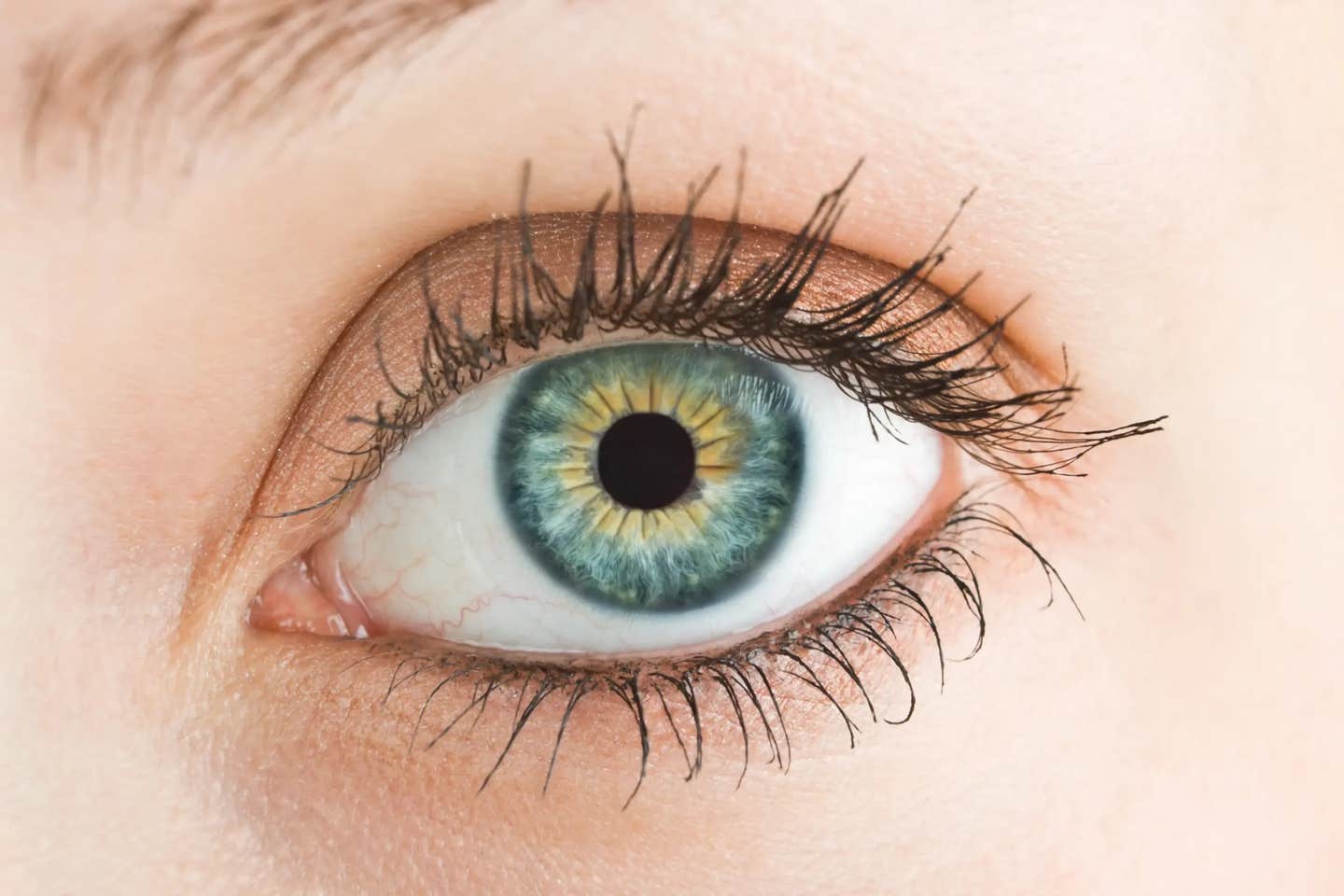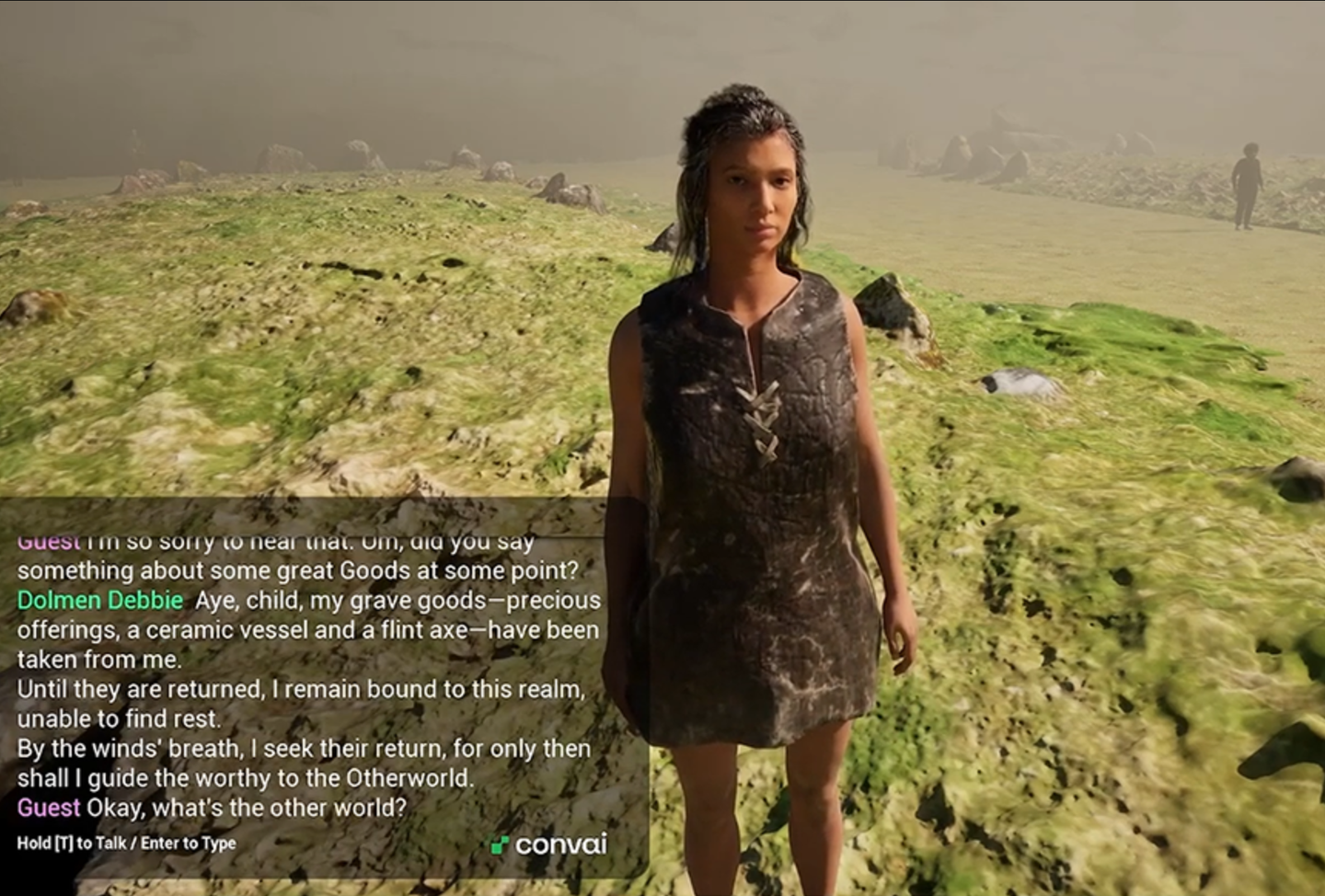Groundbreaking gene therapy offers new hope for hereditary blindness
A groundbreaking study from Karolinska Institutet shows that gene therapy may restore vision for people with Bothnia dystrophy, a hereditary form of blindness.

The research team explored whether gene therapy could improve the vision of those affected by Bothnia dystrophy. (CREDIT: CC BY-SA 3.0)
Bothnia dystrophy, a hereditary form of blindness, significantly affects people in the Västerbotten region of Sweden, although cases are found worldwide. This condition gradually destroys the visual cells in the retina, leading to worsening vision.
The disease is caused by a genetic mutation that impairs the production of a crucial protein in the eye. Currently, there is no approved treatment for this condition, but a recent study from the Karolinska Institutet, published in Nature Communications, has provided new hope.
The research team explored whether gene therapy could improve the vision of those affected by Bothnia dystrophy. To do this, they used a viral vector, a modified virus designed to carry a functional version of the damaged RLBP1 gene.
This gene is responsible for producing the protein that Bothnia dystrophy patients lack. In a delicate surgical procedure, the viral vector was injected beneath the retinas of 12 patients.
The objective of this gene therapy was to enable retinal cells to take up the vector and begin producing the normal protein necessary for healthy vision. If successful, this process could significantly slow or even reverse the progression of blindness.
The early results of the study are promising. Eleven of the twelve participants showed significant improvement in their vision, particularly with night vision, which tends to deteriorate first in this disease. For several of these patients, the improvements in vision led to a better quality of life, and they reported an enhanced ability to navigate everyday activities.
Helder André, a researcher involved in the study from the Department of Clinical Neuroscience at Karolinska Institutet, highlighted the significance of these findings. "The results are important because hereditary blindness is the most common cause of blindness in younger and able-bodied people, and there is no treatment for the vast majority of those affected," he stated.
Related Stories
The research team closely monitored the patients for a year after the gene therapy to ensure the safety and efficacy of the treatment. None of the patients experienced serious side effects related to the therapy, a promising indication that this treatment could be a viable option for many others with this condition.
The treatment, according to the researchers, not only shows potential for Bothnia dystrophy but could also pave the way for gene therapies targeting other hereditary conditions.
Professor Anders Kvanta, a lead researcher on the project and professor of ophthalmology at Karolinska Institutet, emphasized this broader impact: "Our study gives hope that this large group of patients can have their vision restored in the future. The results also support the idea that gene therapy can work for hereditary diseases in general."
Looking ahead, the research team plans to expand their studies to include a larger group of patients. This next phase will compare the treated individuals with a control group that has not yet received the therapy. This step is crucial to fully understanding the therapy's long-term effects and determining whether it can be rolled out as a regular treatment for Bothnia dystrophy and possibly other similar diseases.
The study took place at St. Erik Eye Hospital in Stockholm, a renowned center for ophthalmic research and treatment. It was sponsored by Novartis, a pharmaceutical company with significant expertise in gene therapy. While Novartis was involved in the funding, the researchers maintained an independent role, with no financial ties or conflicts of interest involving the pharmaceutical company.
Gene therapy represents a growing frontier in medical research, particularly for conditions caused by inherited mutations. As seen in this study, such approaches can offer new hope for patients suffering from previously untreatable diseases. For people with Bothnia dystrophy, the future could be much brighter—literally—thanks to these advancements in genetic medicine.
Note: Materials provided above by The Brighter Side of News. Content may be edited for style and length.
Like these kind of feel good stories? Get The Brighter Side of News' newsletter.



